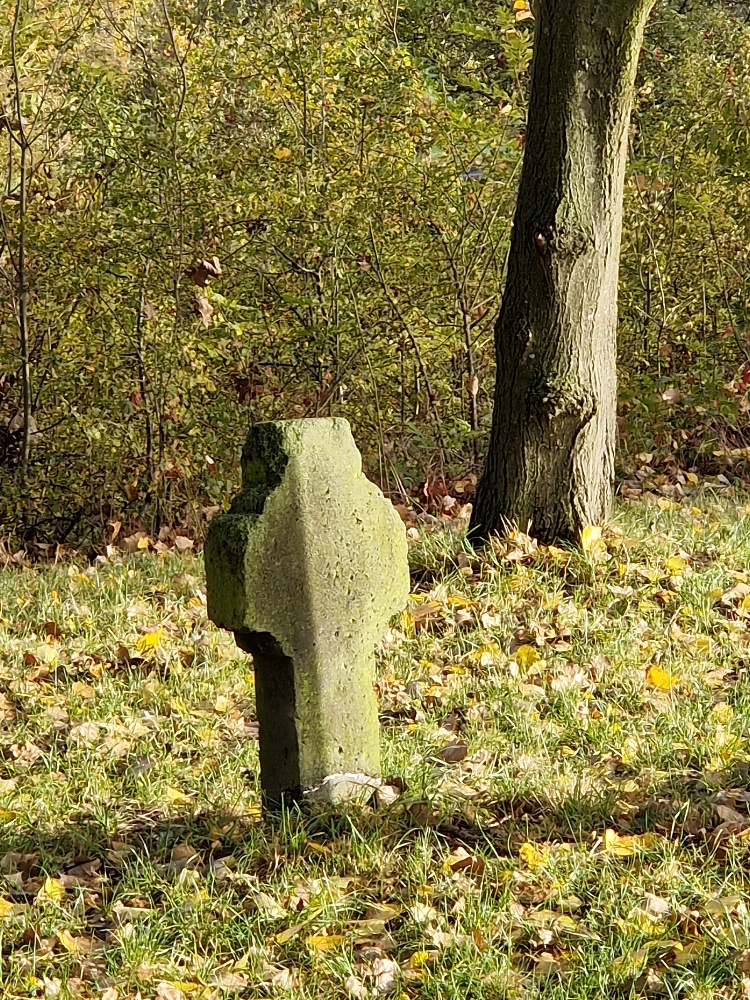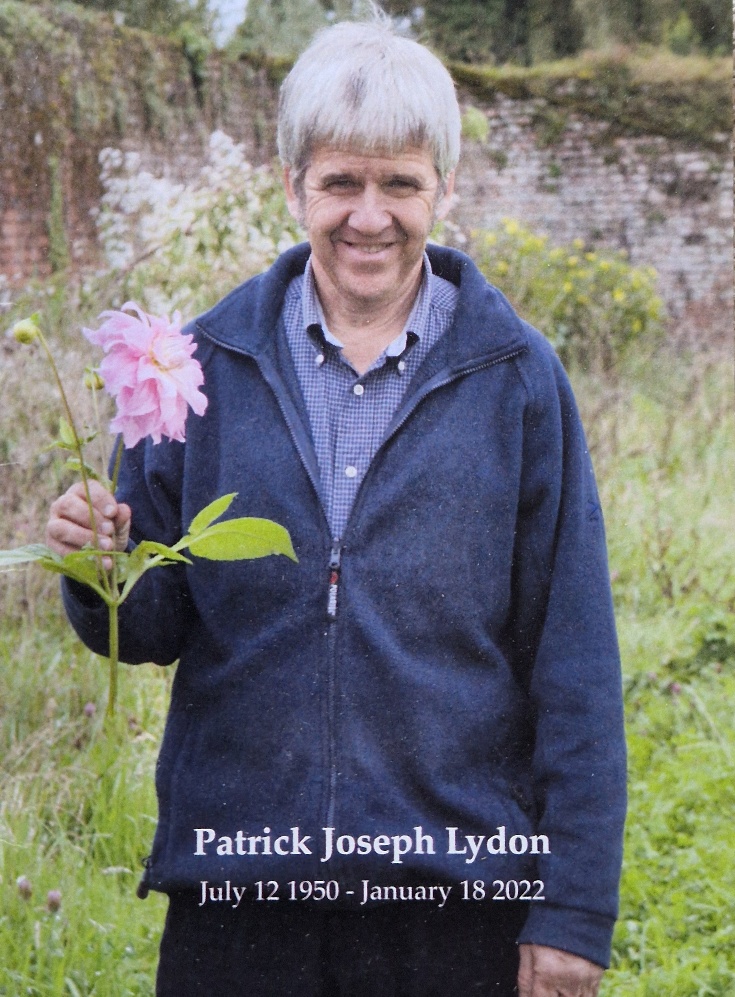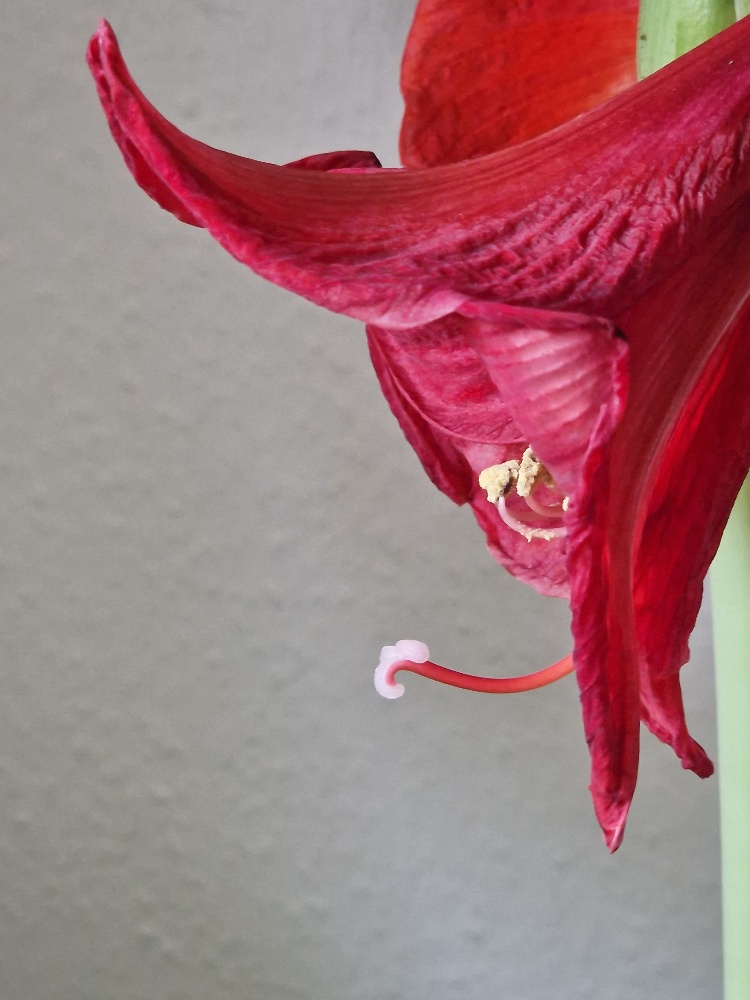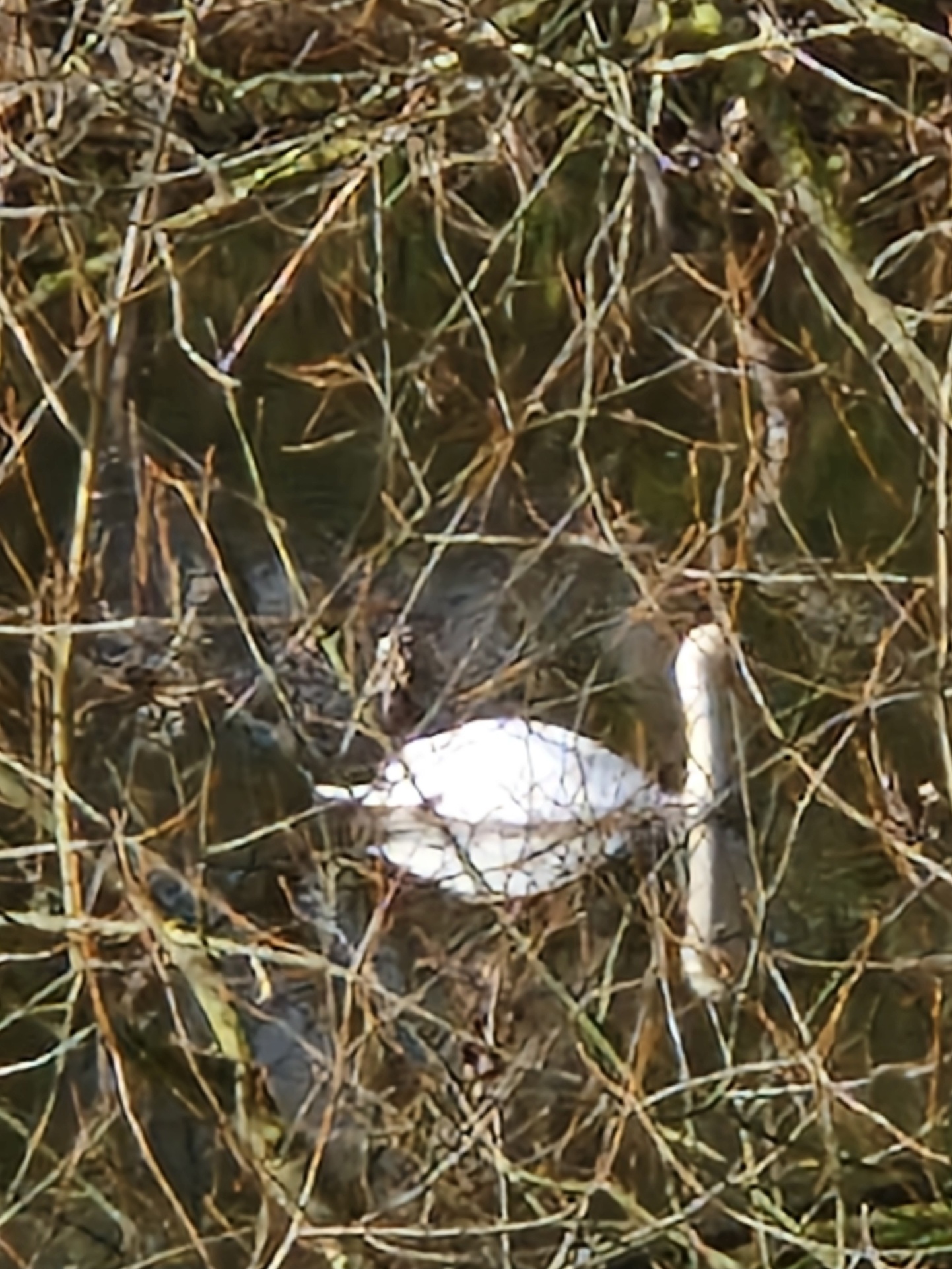I’m going to be a voice for these children.
Catherine Corless, Irish historian
We’re as sick as our secrets.
Heard often in Twelve Step recovery meetings
Nowhere is safe, and no one is safe, until we are all safe enough….. Safety is the foundation of life.
Jan Winhall
The best way of keeping a secret is to pretend there isn’t one.
Margaret Atwood
Catherine Corless was born in 1954. She is an Irish historian, known for her work in compiling the information concerning the lives and untimely deaths of hundreds of innocent children at the „(St Mary’s) Bon Secours Mother and Baby Home“ in her home town, Tuam, Co. Galway in the west of Ireland.
After developing an interest in the history of her locality and attending an evening course on this topic in 2005, Corless – inspired by her own childhood memories of the „home children“ attending her local day school in the early 1960’s, – decided to write an article about the Mother and Baby Home. As preparation, she spent much of her spare time assiduously searching records in local libraries, churches, and the Local Authority (County Council) archives.
Her tenacious and thorough research revealed that 796 (mostly very young) children had died in the institution between 1926 and 1961. After being stonewalled and vilified over several years due to her investigations, she eventually found the relevant death certificates. She was surprised to find that there were no corresponding burial records for these children.
Catherine’s interest in St Mary’s and the „home children“ was prompted by a specific early memory of her own school experience. She remembered that these children used to come to school separately from the other local classmates, arriving slightly late and always leaving shortly before the school bell signalled the end of lessons each day.
It turned out that the Bon Secours nuns deployed this strategy so that the local children would have minimum opportunity for interaction with the home children, who were the offspring of „fallen women“, i.e. born to single mothers, or from broken homes, and therefore pariahs in the misogynist, conservative catholic society that Ireland then was then, and, to a degree, still is today.
In a recent interview with the BBC, Catherine said: „When I started out, I had no idea what I was going to find….Nobody was helping, and nobody had any records.“
That only fed her determination to find out more about the children at the home. A breakthrough came when she spoke to a local cemetery caretaker, who brought her to the housing estate where the Mother and Baby Home, – a County Council owned, church-run institution that housed thousands of girls and women, and their children between 1925 and 1961, – once stood.
The home had been demolished in the late 1960’s. On that site, beside what is now a children’s playground, there was a rectangular patch of lawn with a grotto – a small shrine centred on a statue of the Virgin Mary. Several incidents involving macabre discoveries of local children while playing there and further investigations undertaken by Mrs Corless now point to the probability that this is the site of an unmarked mass grave.
This week, over a decade after the red flag was first raised, the excavation of the presumed mass grave will begin. Carried out by a team of international forensic archaeologists, it is expected to take about two years. It is unclear how many of the missing 796 children’s remains will be recovered and identified.
After a string of scandals over the past three decades involving sexual, physical, and psychological abuse inflicted upon innocent children and obsequiously submissive adults by countless members of the clergy and subsequently denied and downplayed by the church hierarchy, yet another of Ireland’s collective, dark secrets is about to be revealed, a secret that was successfully kept out of sight and out of mind for many decades.
Family members of those directly affected hope for truth, closure, and justice. Institutions will hopefully learn lessons of compassion, accountability, and will find mutually agreed ways of making amends to those harmed. May Irish society grasp this opportunity for collective recovery, to learn from past injustices, and become more humble, honest, and loving.
Twelve Step recovery is best known to some as the movement called AA or Alcoholics Anonymous. AA, – founded in 1935 – was only the first of many fellowships which has emerged to help people recover from addictions of all sorts, related to both substances (AA, Narcotics Anonymous, Cocaine Anonymous, etc.) and behaviours (power, workaholism, gambling, porn, screen addiction, etc.).
As an addict living in recovery since 2003, I have had plenty of opportunities to get to know and interact with people from the many fellowships now providing support to those of us who wish to recover, all around the world. My experience of recovery is that of a transformative shift from fear to love.
A major prerequisite for the success of this transformation is the cultivation and practice of compassion: for self, others, and circumstances. The realisation that: `We are as sick as our secrets´ plays a prominent role in the recovery process.
This points to the role of denial, delusion, and shame in keeping us unwell (in dis-ease), and the importance of working through these in the process of recovery. A successful recovery will take us to a general state of humility, ease, comfort, and peace of mind.
I can attest to the major role both guilt and shame played in my Irish Catholic upbringing in the `60’s and `70’s. The generally accepted image of god was that of the white, male, heterosexual, scientific, sectarian, and punitive version.
God, we were told even at a very early age, was taking note of all of our behaviours and could even read our thoughts. On the Day of Judgement, he would eventually do a tally before deciding whether we would go to heaven or hell. Even as a four-year-old, it was clear to me where I was headed. The inducing of guilt played an important role in our upbringing.
Shame, on the other hand, goes even deeper. While we may feel guilty for what we have done, felt, or even thought of doing, shame is about feeling that we are fatally flawed in our very essence.
In his magnum opus „Letting Go“, David Hawkins placed shame at the bottom of his „Map of Consciousness,“ a scale that ranks human emotions from low to high. This signifies that shame is associated with weak and destructive energies. Shame can be debilitating and destructive, is associated with feelings of humiliation, worthlessness, and an absence of self-esteem, leading to a desire to withdraw or hide, to separate ourselves from our fellows, our kin.
As shame can be a powerful tool used by others to control and manipulate us, overcoming it is crucial for personal growth and healing. This was clearly recognised by the Twelve Step community during the formation of this pioneering movement.
Referring to the Twelve Steps as a `We Programme´, the founding members made it clear that recovery is the product of a group process. To a person cut off by feelings of shame, the blessings of recovery remain beyond reach. Ergo, we remain as sick as our secrets. Twelve Step recovery invites us to move from `apart from´ to becoming `a part of´.
In her pioneering work on the addictive dynamic on levels beyond the individual (family, village, tribe, organisation, and society as a whole), Anne Wilson Schaef reminds us that true recovery must cleanse each of these domains in turn. Personal recovery ripples out, hopefully, to contribute to the recovery of humanity as a whole. If you are in any doubt that humanity requires recovery, just turn on the TV or open a news site on the internet.
It is not only the children incarcerated in such Mother and Baby Homes that experience trauma. Growing up in a home where the caregivers are, themselves, incapable of bringing sufficient presence and attention to the needs of their children can lead to developmental of relational trauma (Complex PTSD).
We carry the wounds of not having had the emotional, spiritual, or physical support which were needed during the formative and very vulnerable first years of childhood.
Often, as wounded children, we were left with an internal and external feeling of being unsafe because of the volatile or hostile energy field we experienced in our family of origin. Such families could be characterised by the unwritten maxim: `Don’t talk, don’t trust, don’t feel´.
Recovery is, therefore, a process where we can gradually regain these capabilities. The first step is to disengage from the addictive dynamic. Encouraged by our peers who have made it further along the path, we begin to practice abstinence, one day at a time.
In regular meetings and working with our sponsor we learn to share experience, strength, and hope. We learn to trust in a benevolent Great Spirit, a caring, loving God of our subjective understanding, beyond the power of the human will. And, slowly but surely, we begin to regain our capacity to feel.
In order for this to succeed, we must feel sufficiently safe. Healthy recovery communities offer zones of safety in an otherwise challenging and often hostile, overwhelming world.
Feeling safe includes not feeling worried about being criticised, belittled, discounted, or humiliated by those around us. It is also the ability to cultivate, develop, and use a safe place in our heart and mind that can be accessed when memories of childhood trauma are re-activated (flashbacks). That safe place is naturally available to us when we are born but can quickly become incapacitated or damaged due to the wounding that many children experience.
Safety manifests in growing self-assurance, the relinquishing self-doubt, and a deep conviction that we deserve to live in a sane environment that fosters happiness. Feeling welcome leads to feeling safe in the world, propelled through life by a sense of purpose.
However, for many who carry childhood wounds, there is a deep-seated bleak absence of love and security. As a result, we never felt safe and secure, let alone securely attached to our caregivers. Without feeling safe, children cannot thrive, nor will they succeed in forming healthy relationships outside the home. This leaves children isolated and in fear, which, if left untreated, can cause many mental health problems later in life.
Twelve Step recovery provides a solution. In addition, practices of mindfulness and mental fitness can go a long way to repairing the damage of our early childhood years. The Positive Intelligence (PQ) Mental Fitness modality has been of great benefit to me in my recovery. Further resources from the relatively new field of trauma therapy have also proved very helpful.
It is my genuine hope that the excavation work which has commenced today on that empty patch of lawn in Tuam, Co Galway will be a big step forward in the collective recovery of Irish society. May it contribute to the naming, claiming, and transcending of wounds we, as a society, have inflicted on young vulnerable mothers, their helpless children, and therefore on all of us.
Recovery presupposes a readiness to touch and be touched by the wounds that had been hidden for so long. As in individual recovery, collective recovery requires us to traverse the landscape of woundedness in order to transcend it, a journey which cannot be undertaken without re-feeling some of the original pain.
This alchemy of recovery transforms the darkness of our shared past into bright beacons which can illuminate our collective path of recovery, today, tomorrow, and for generations to come.










